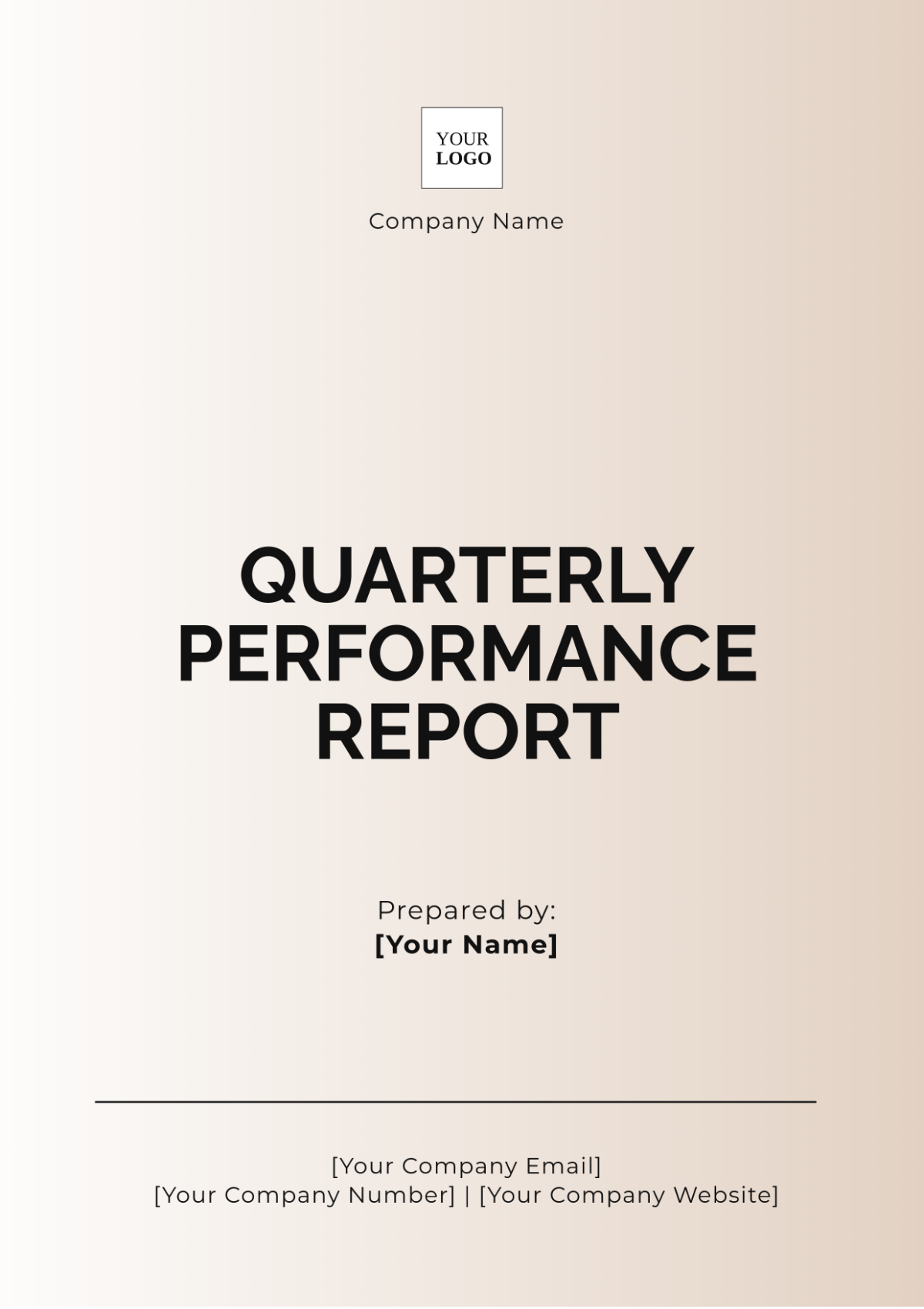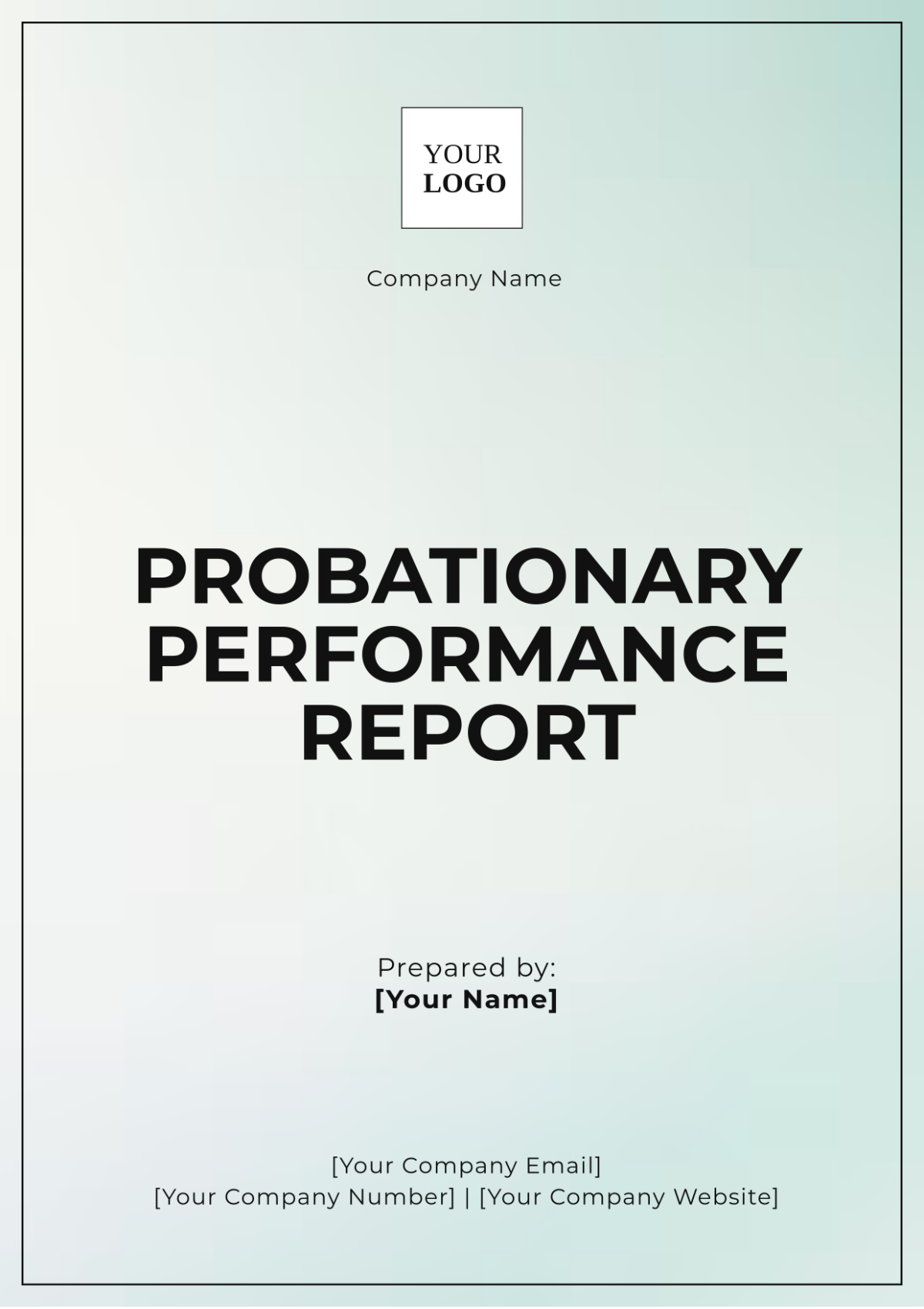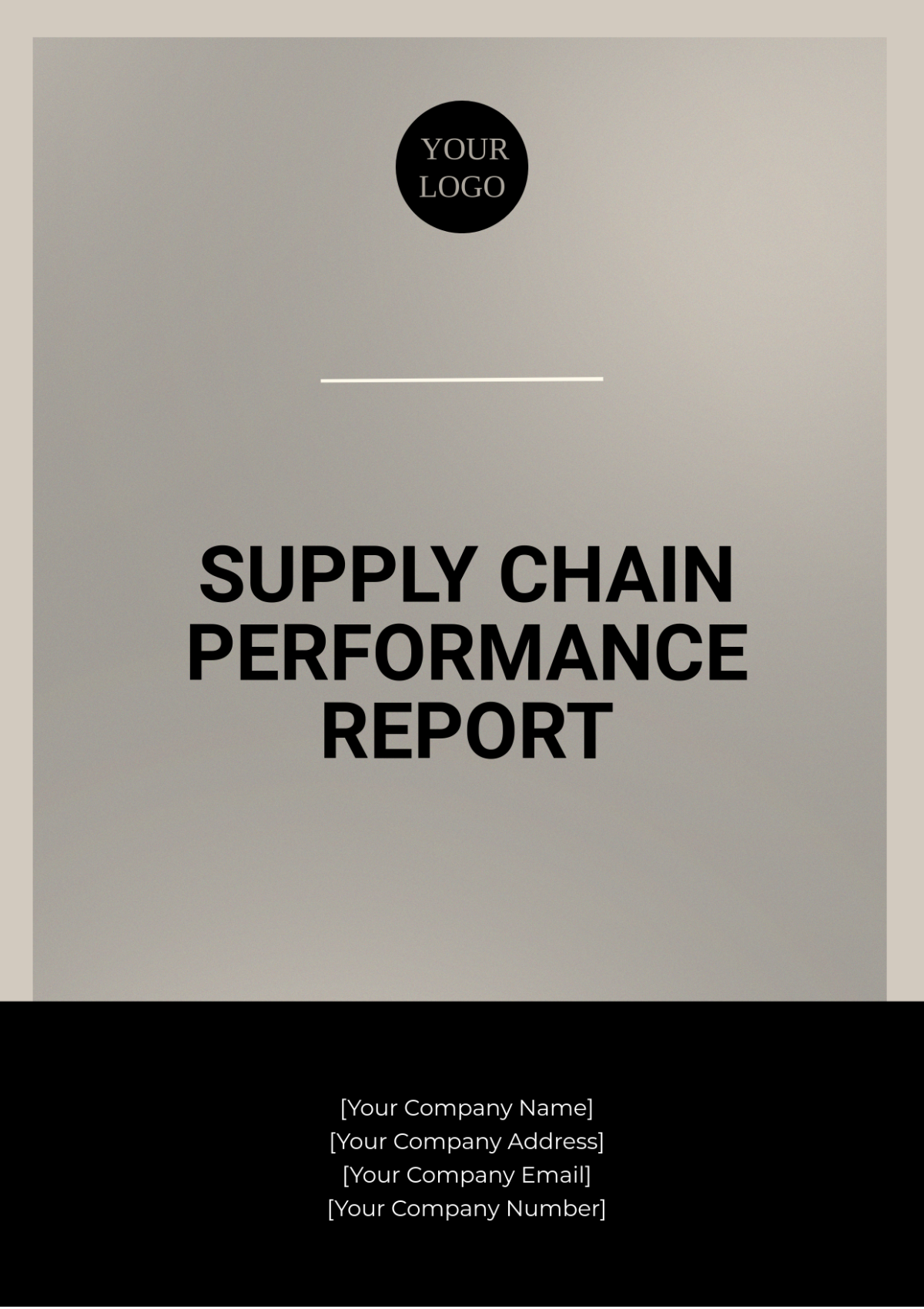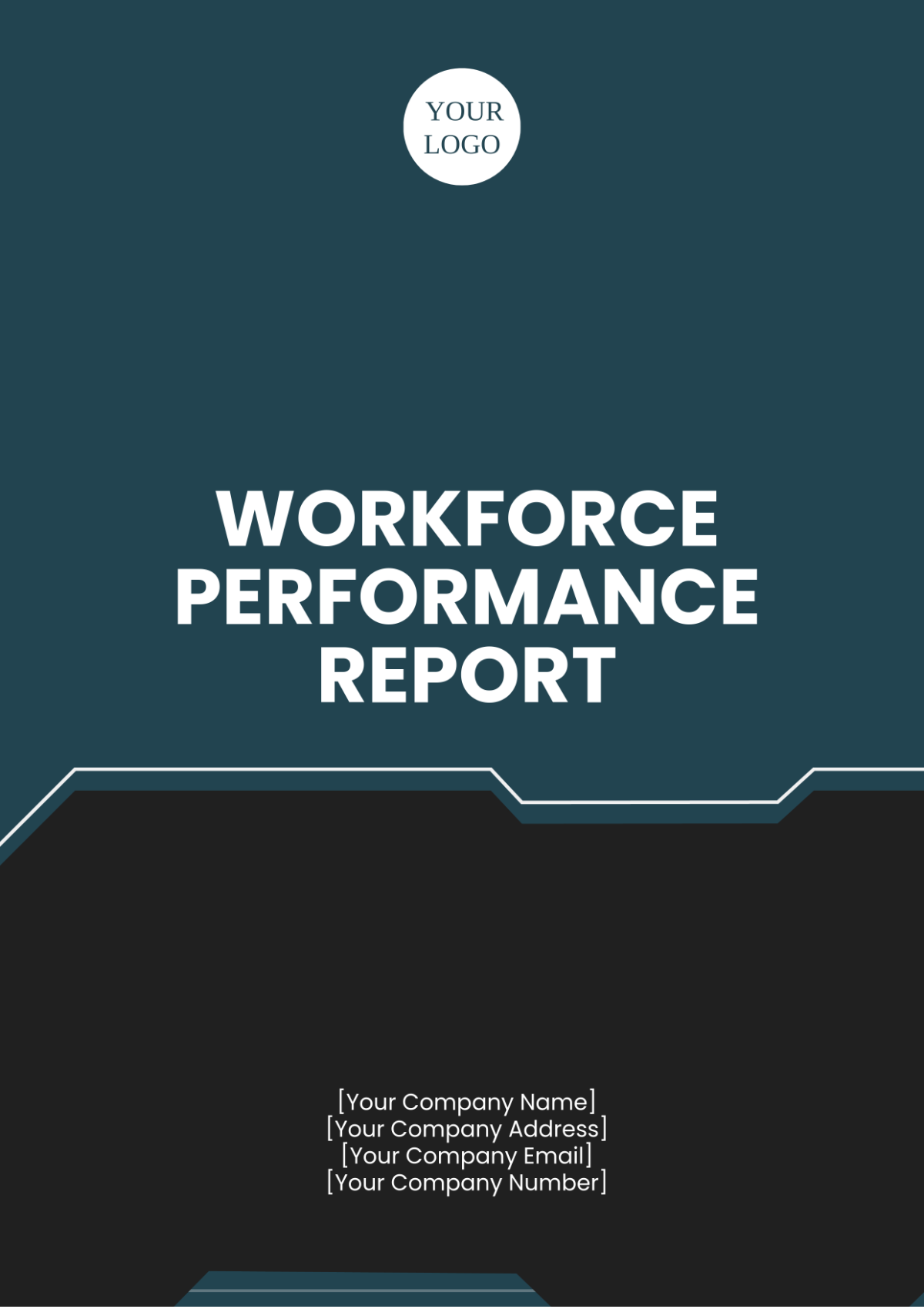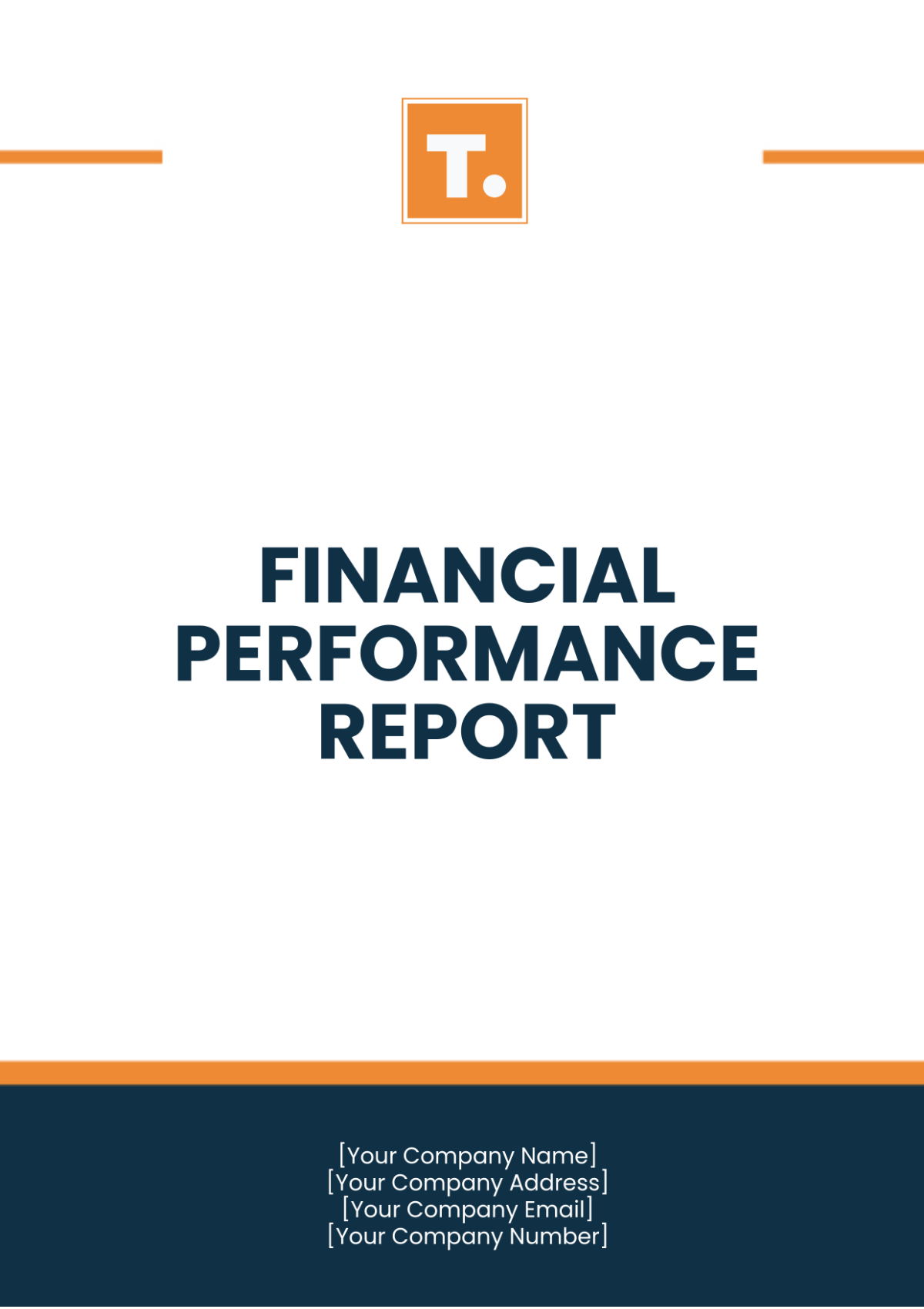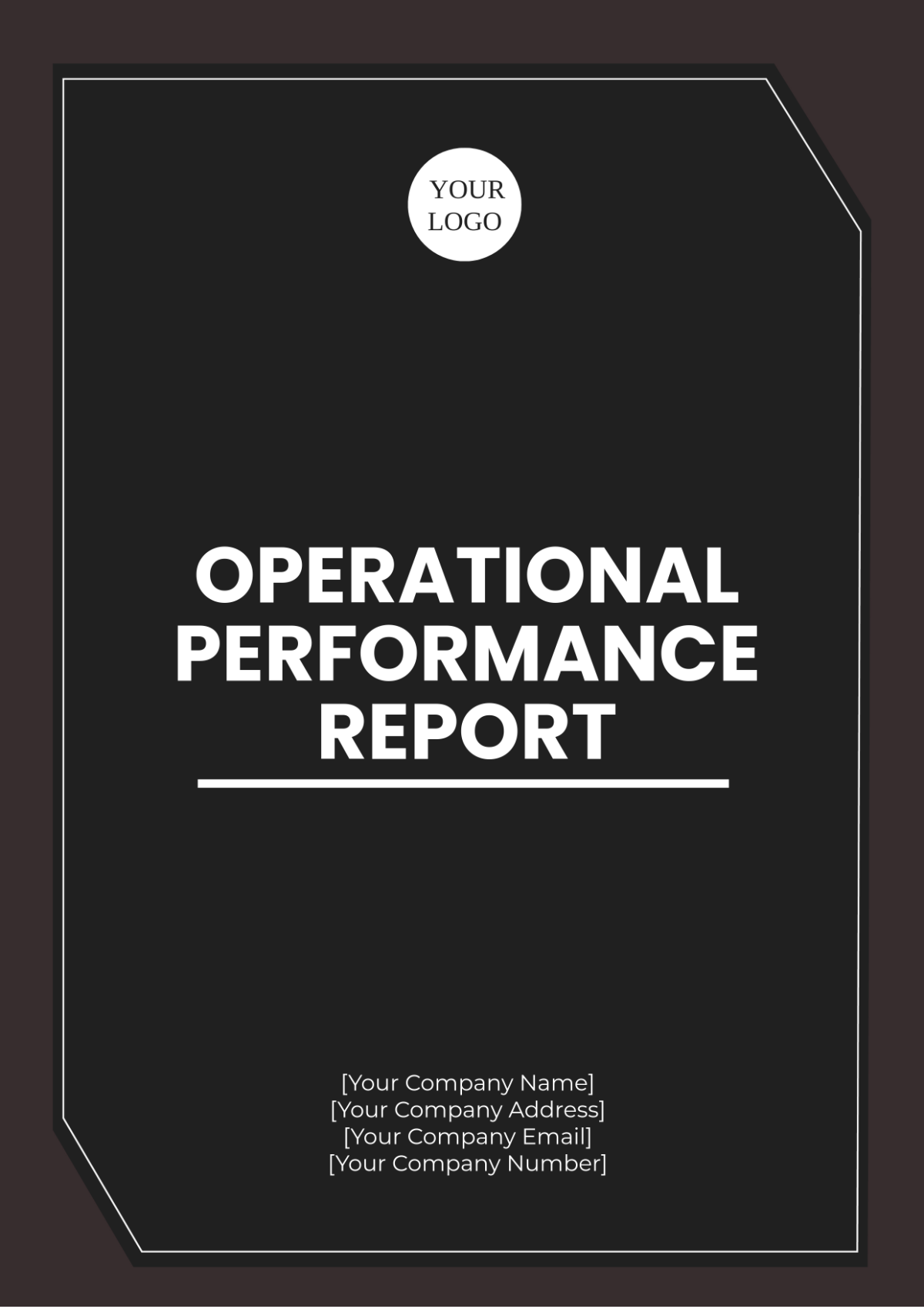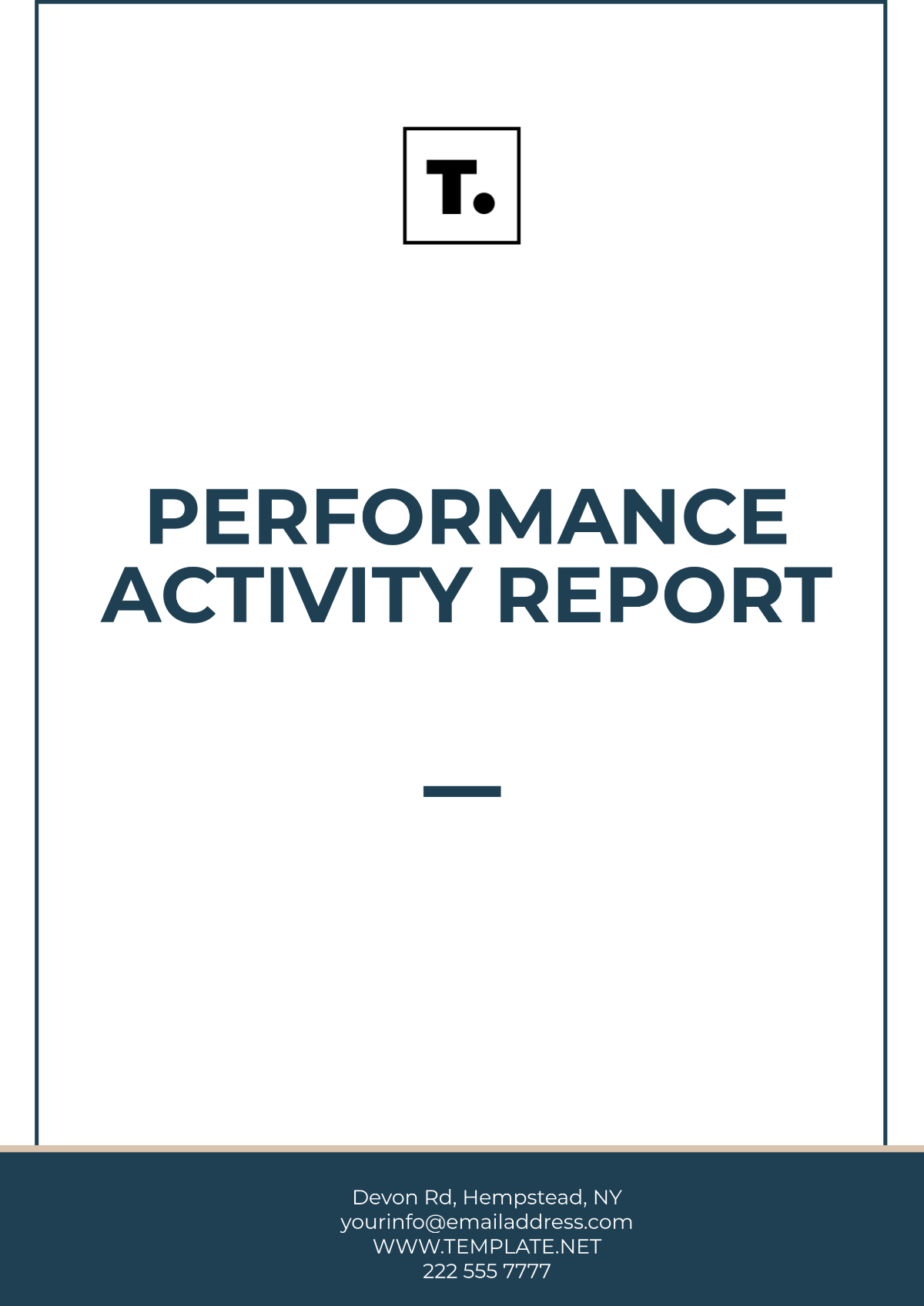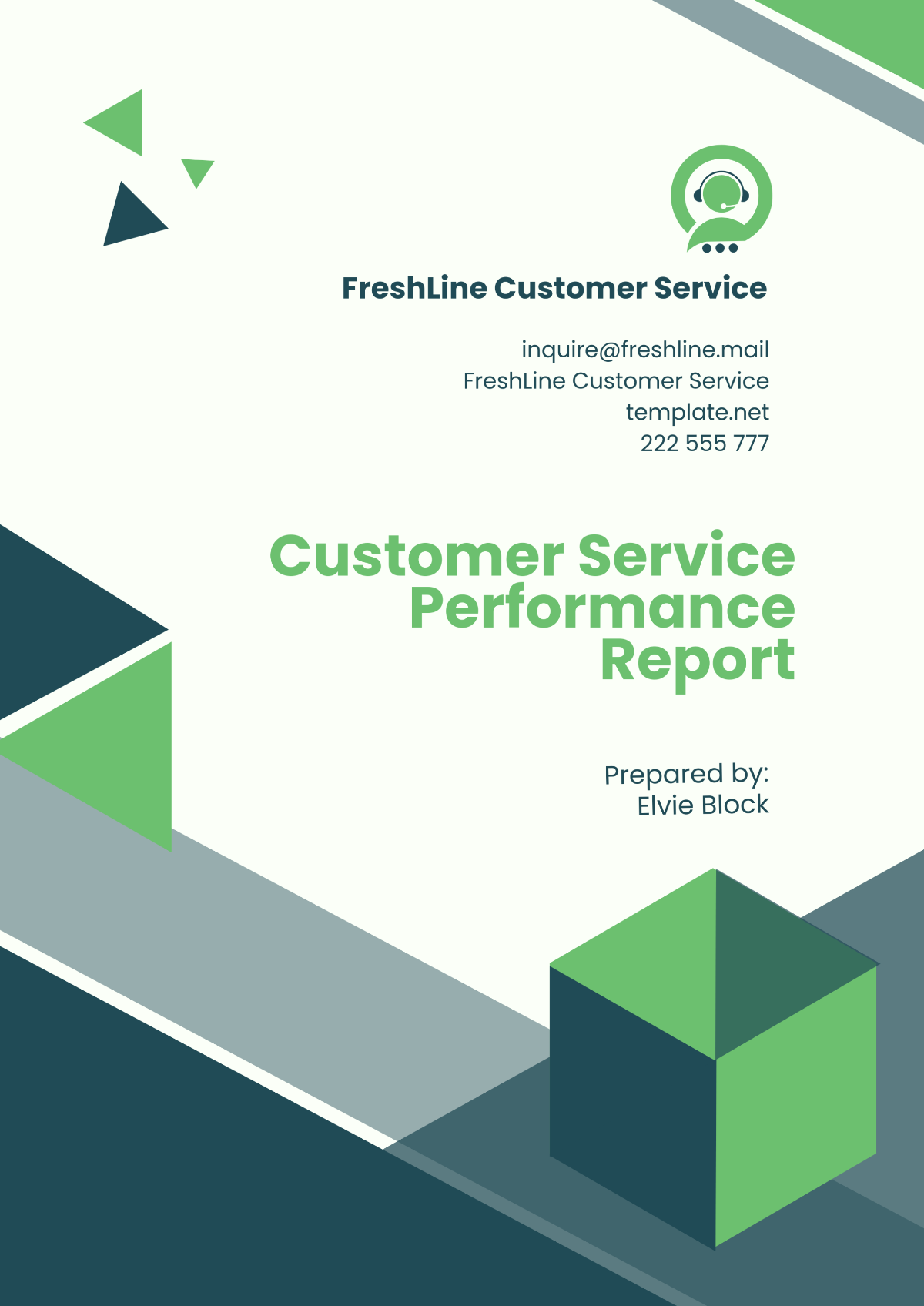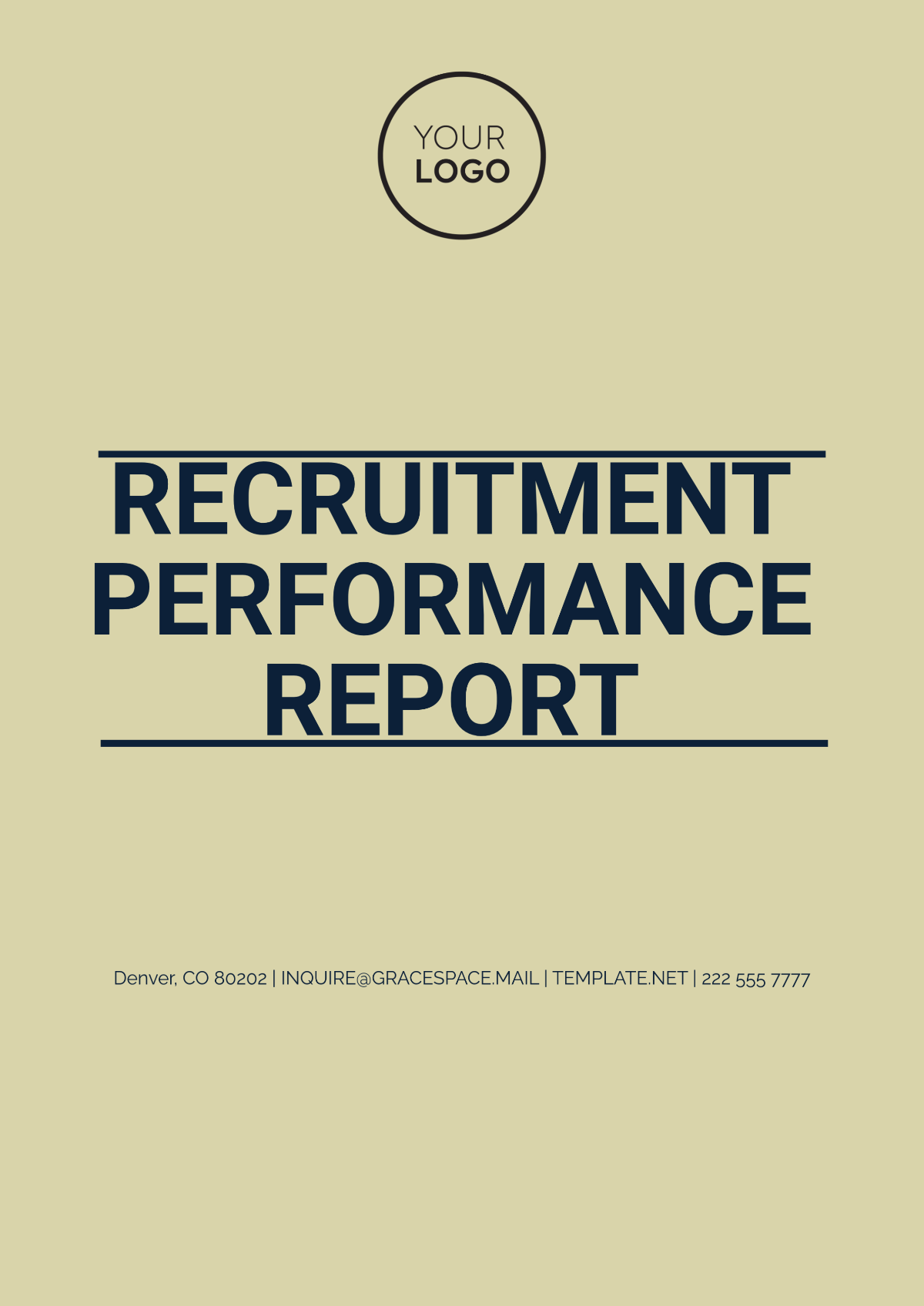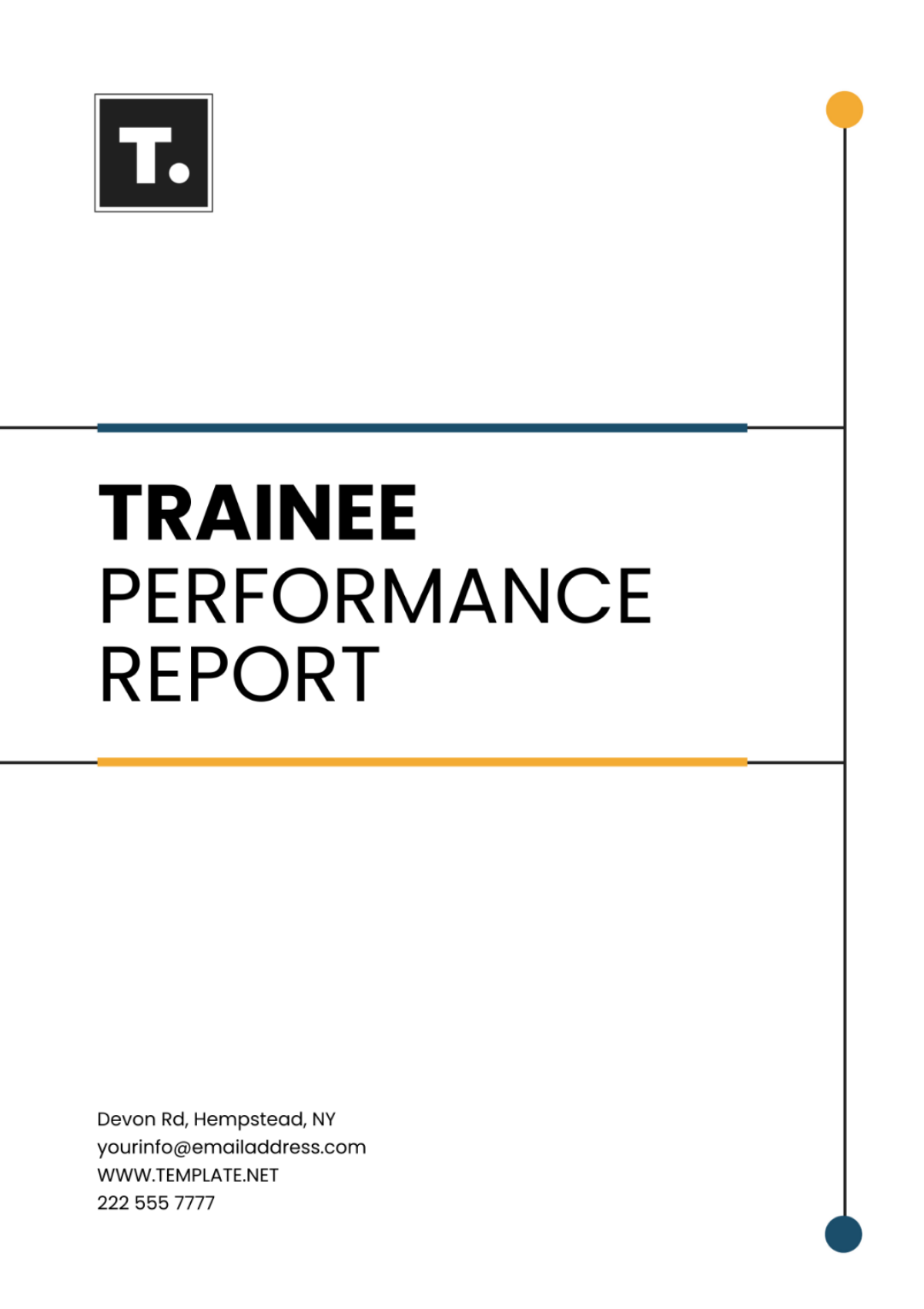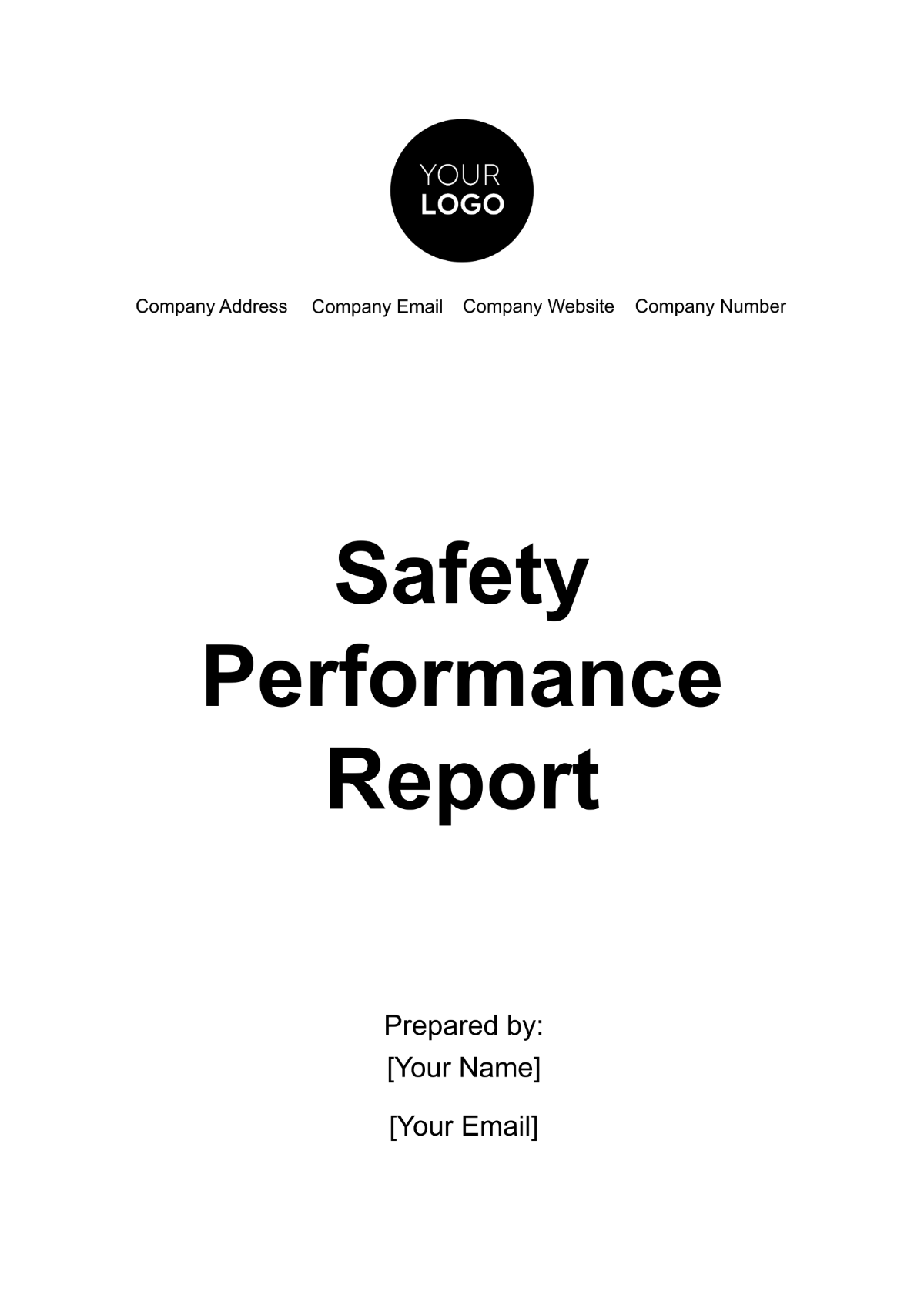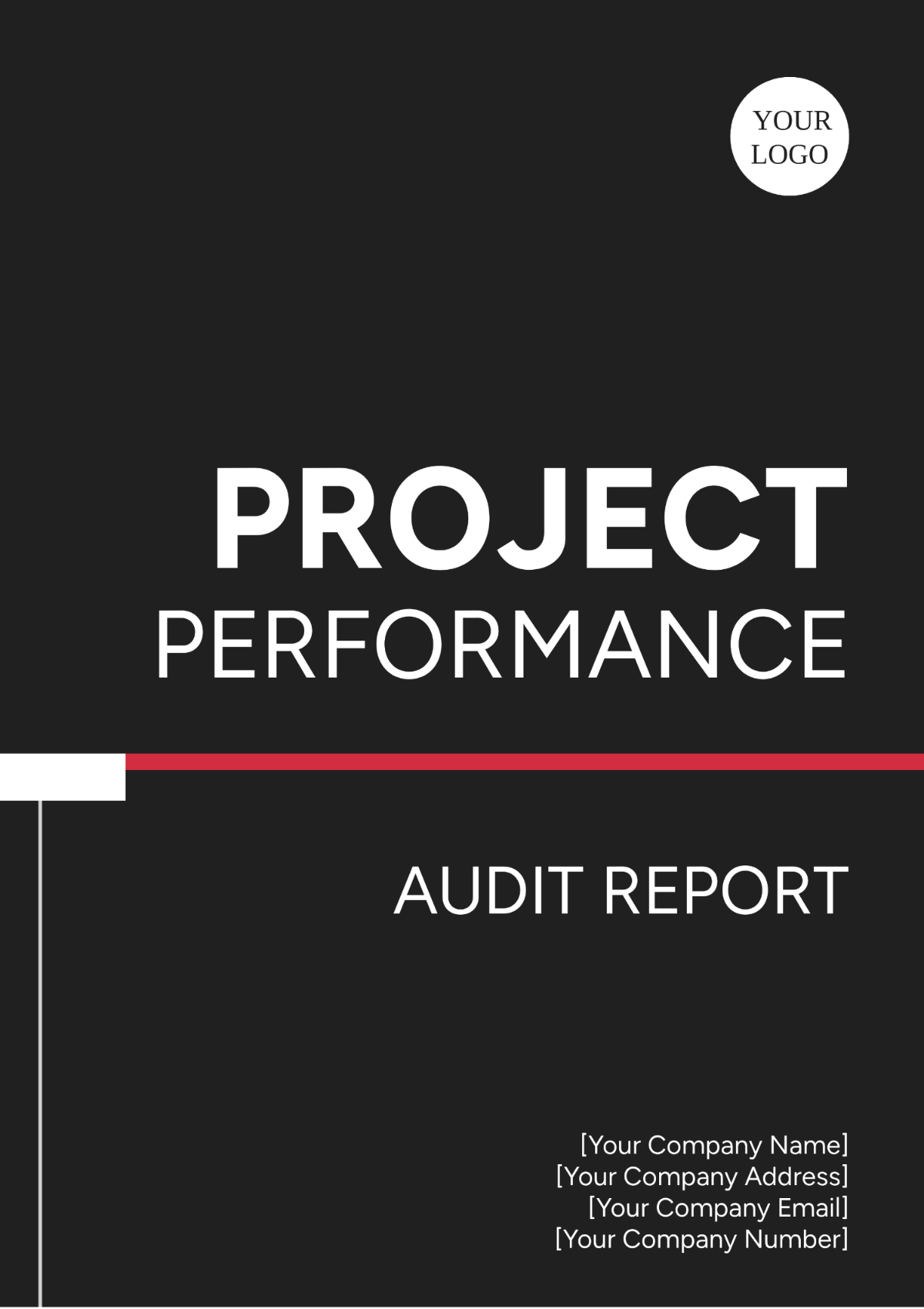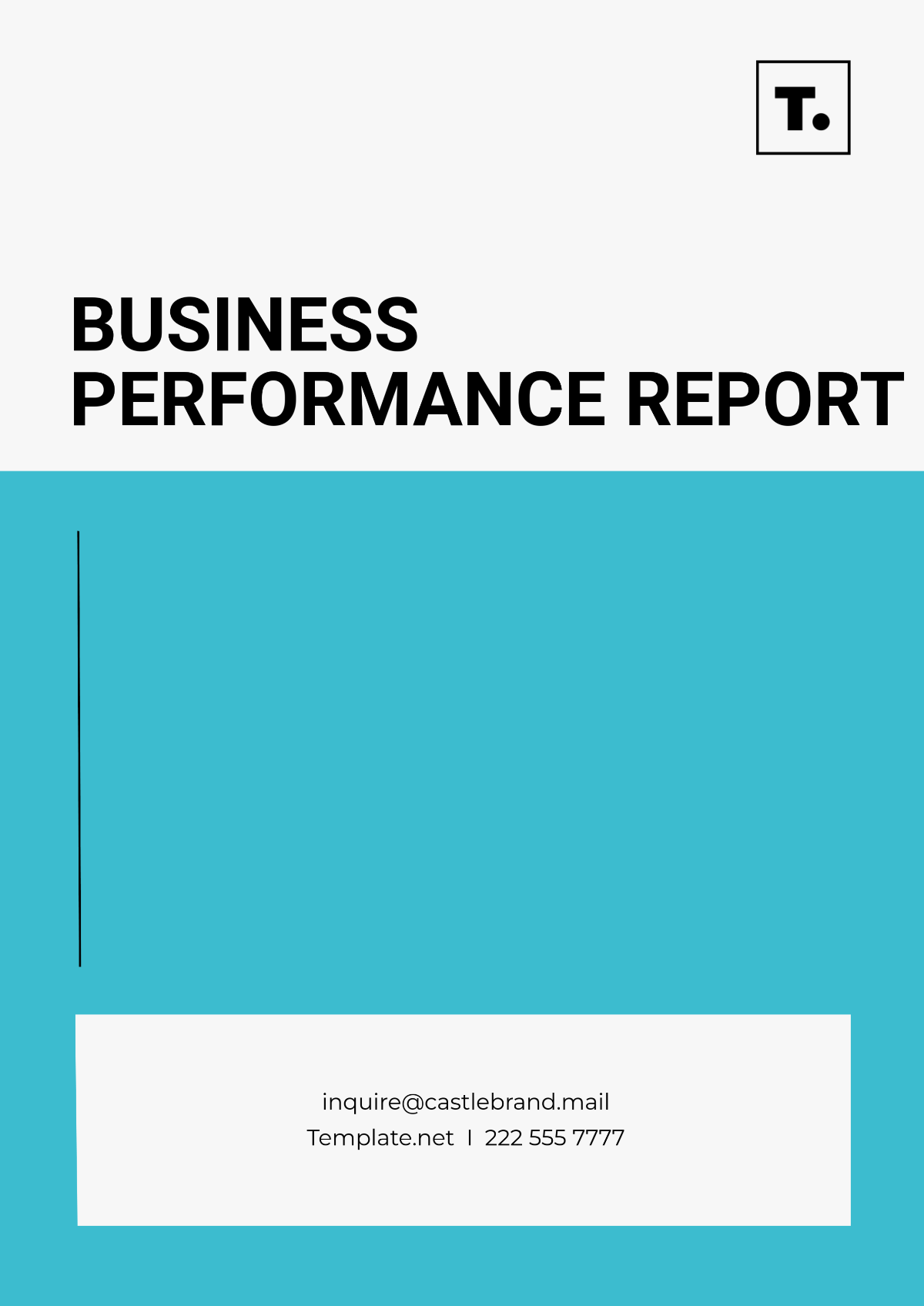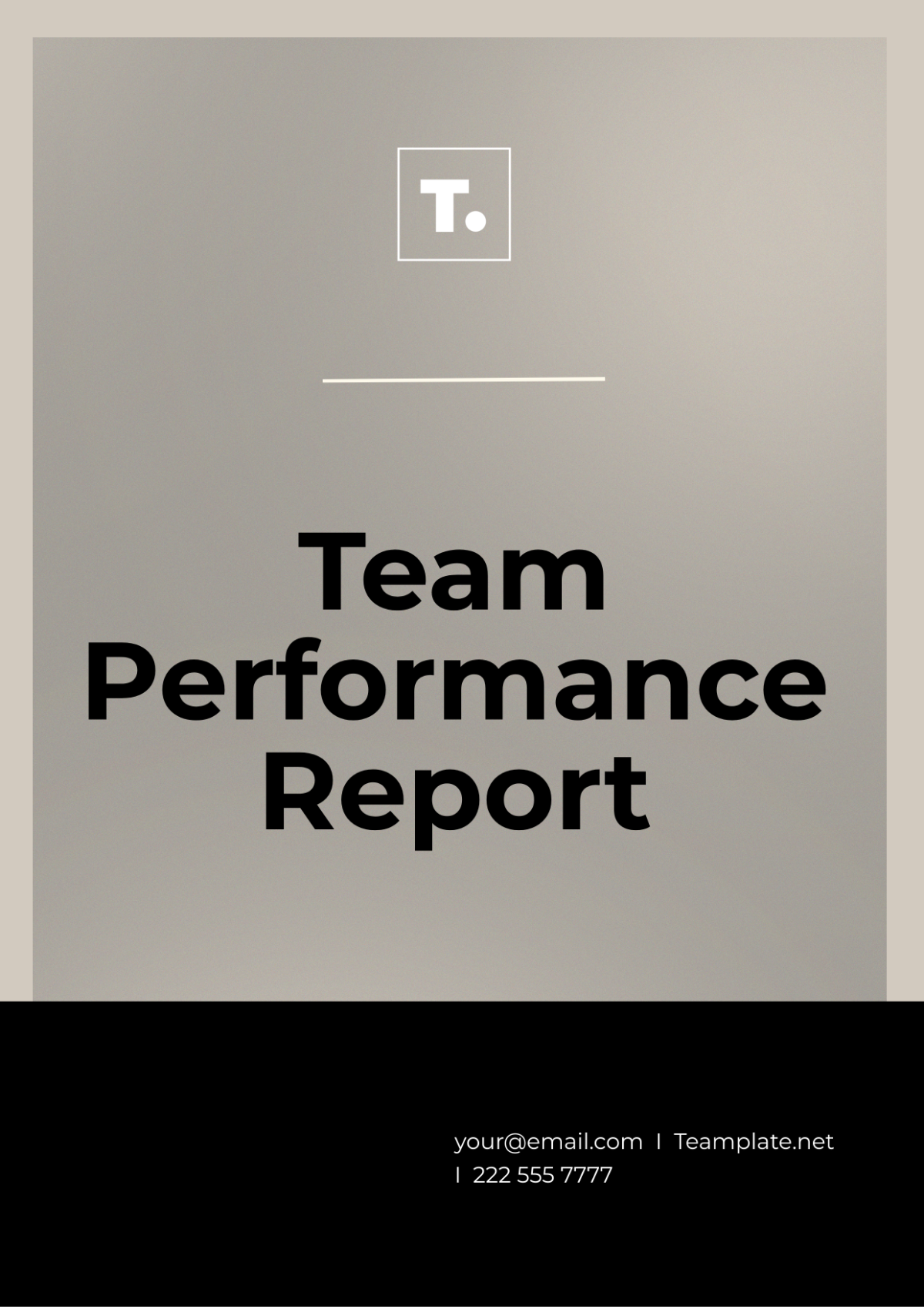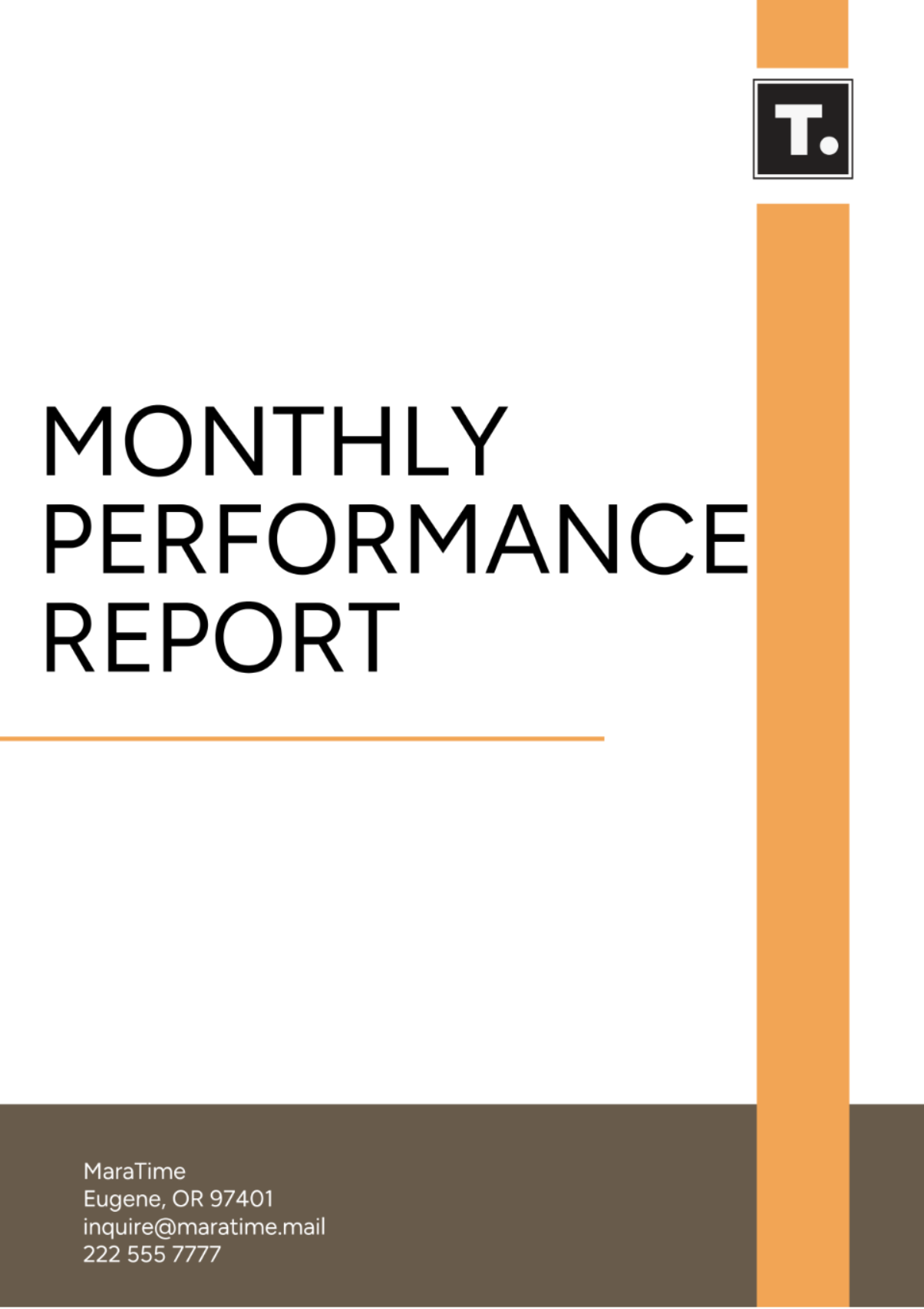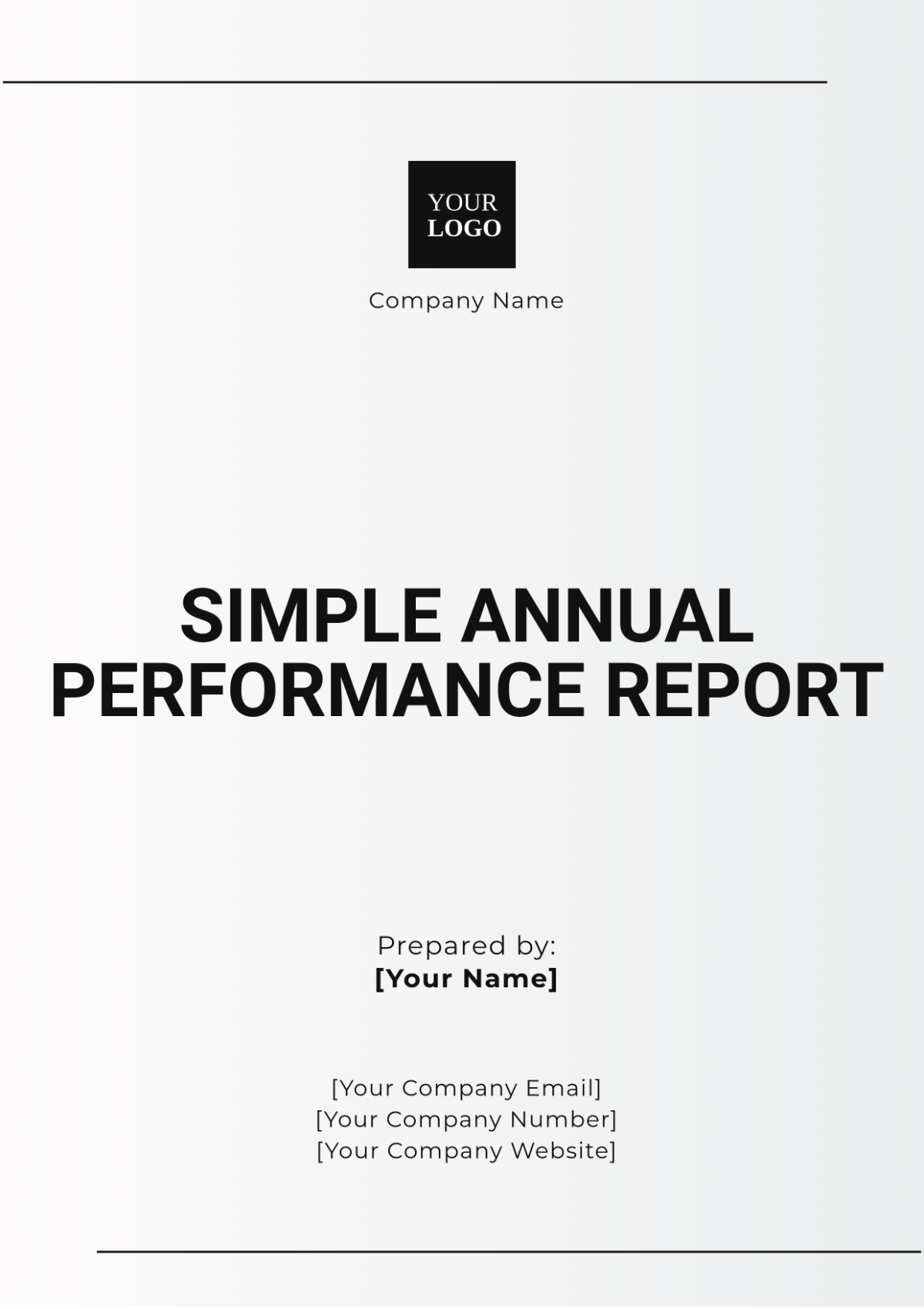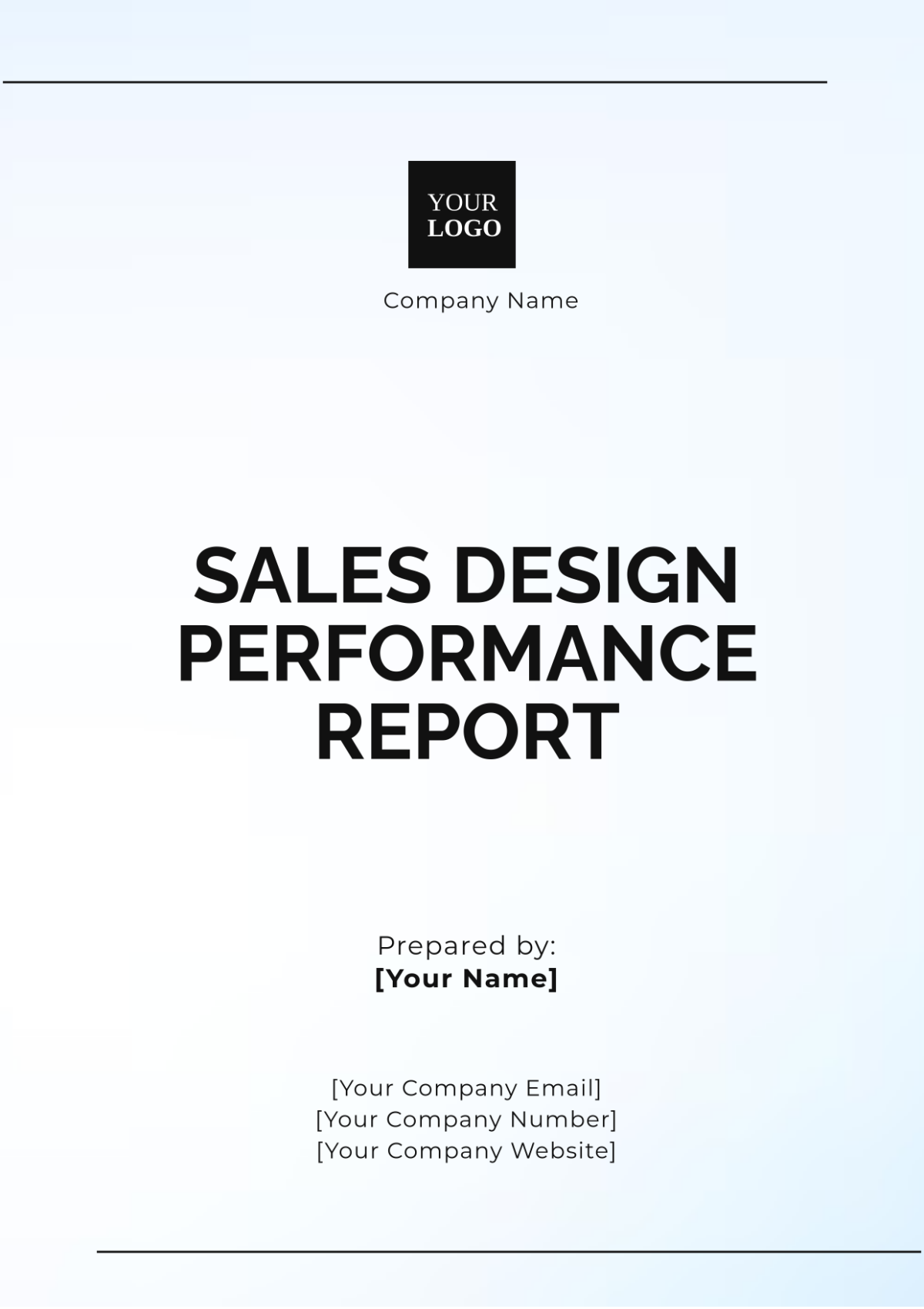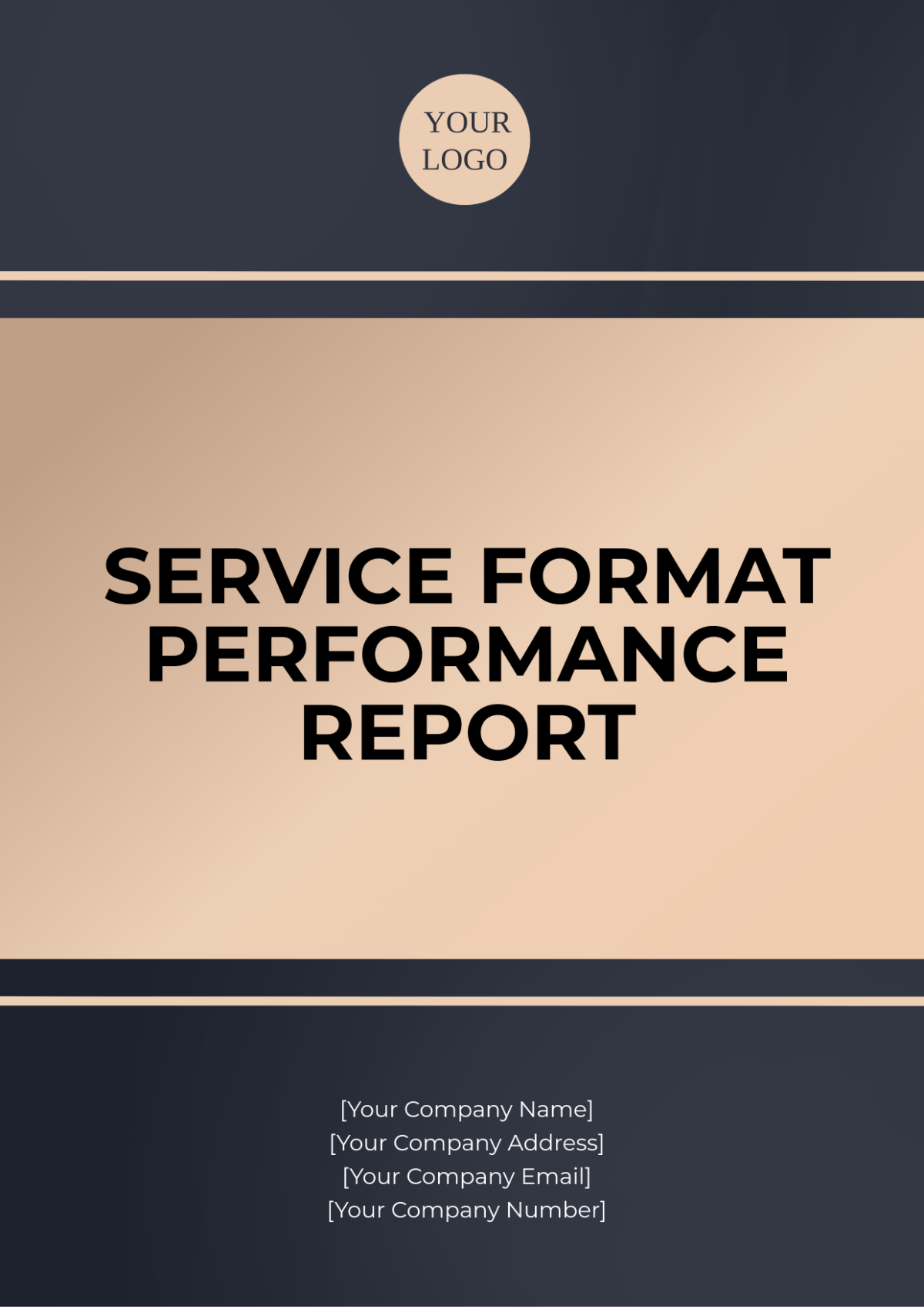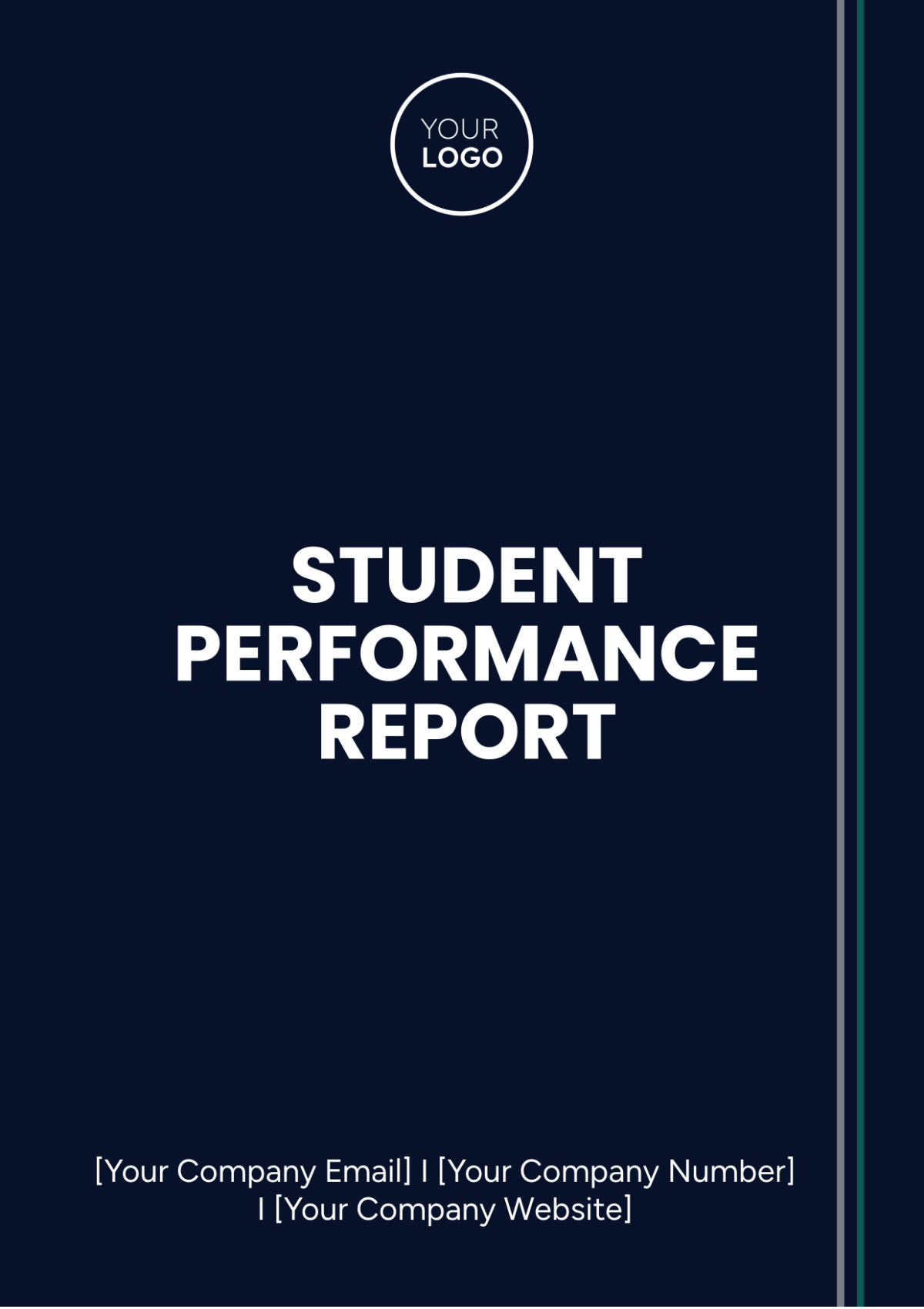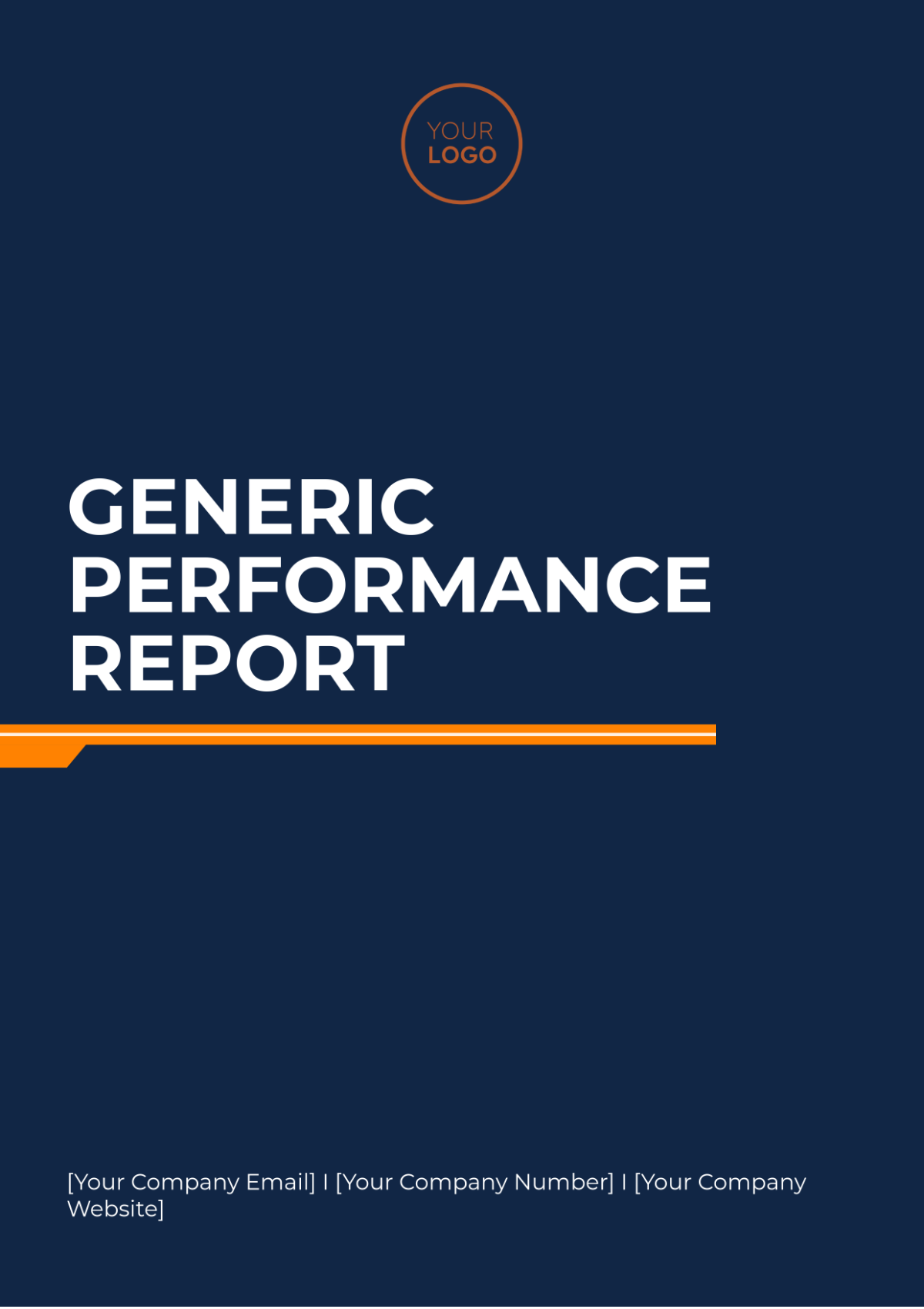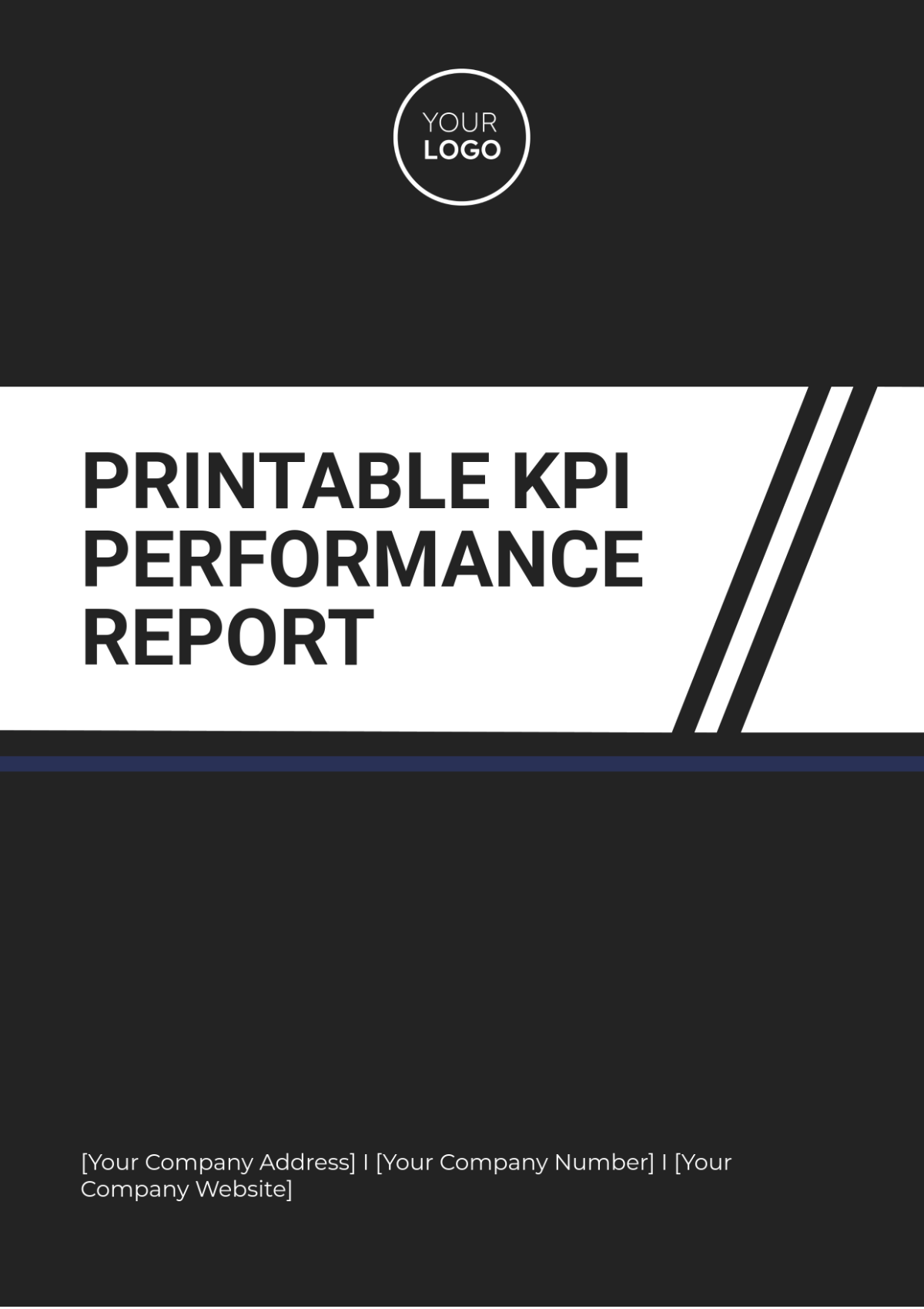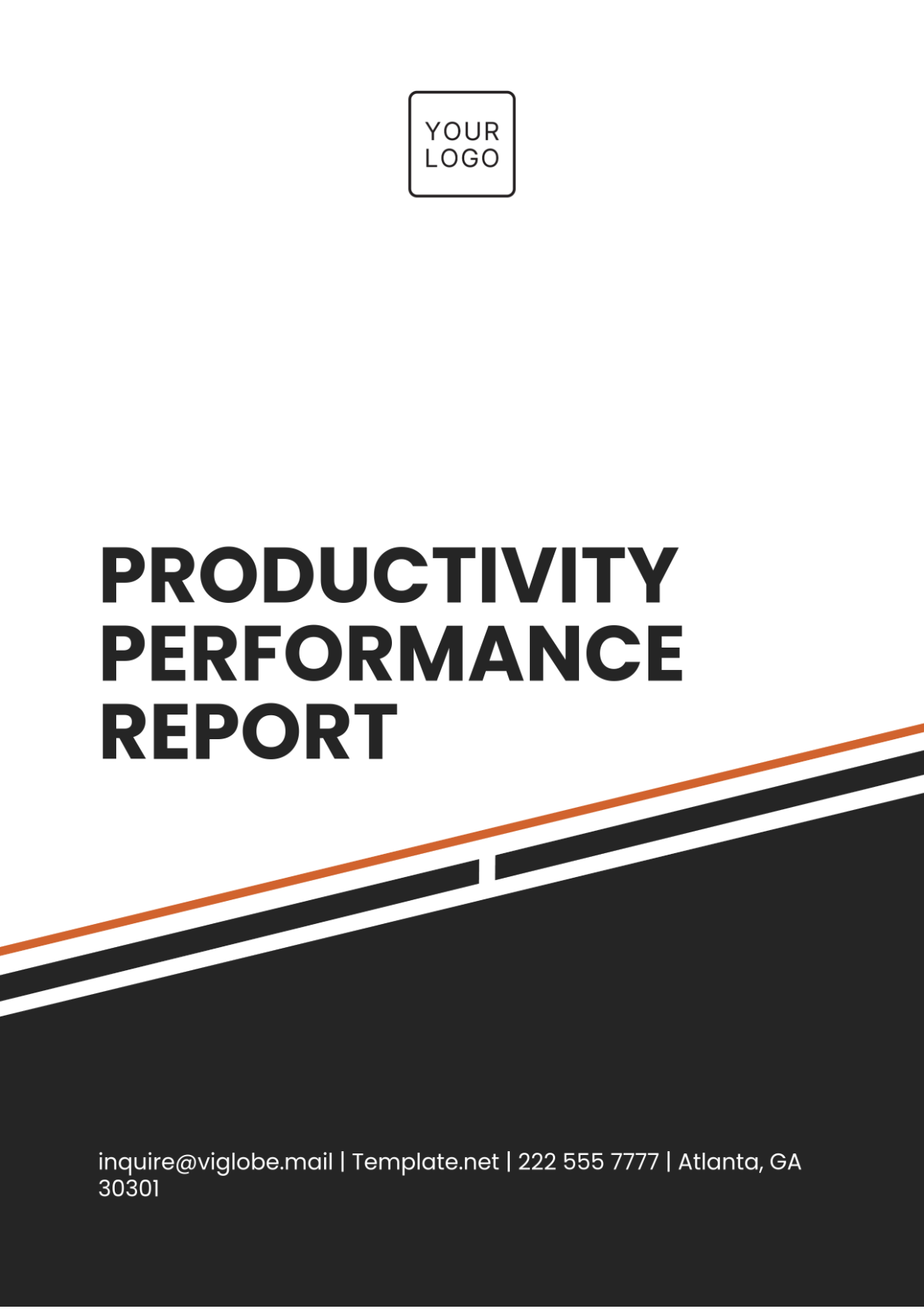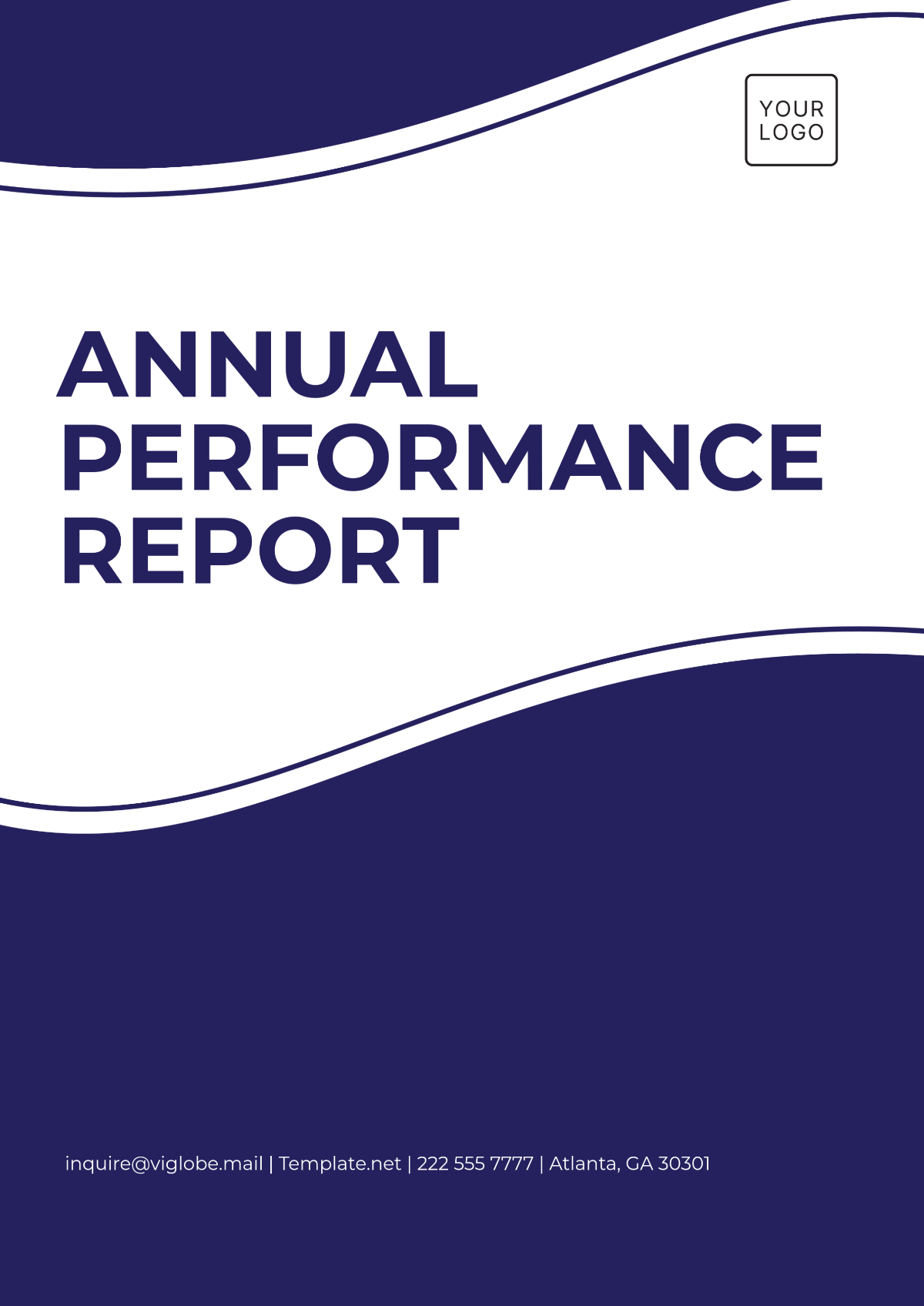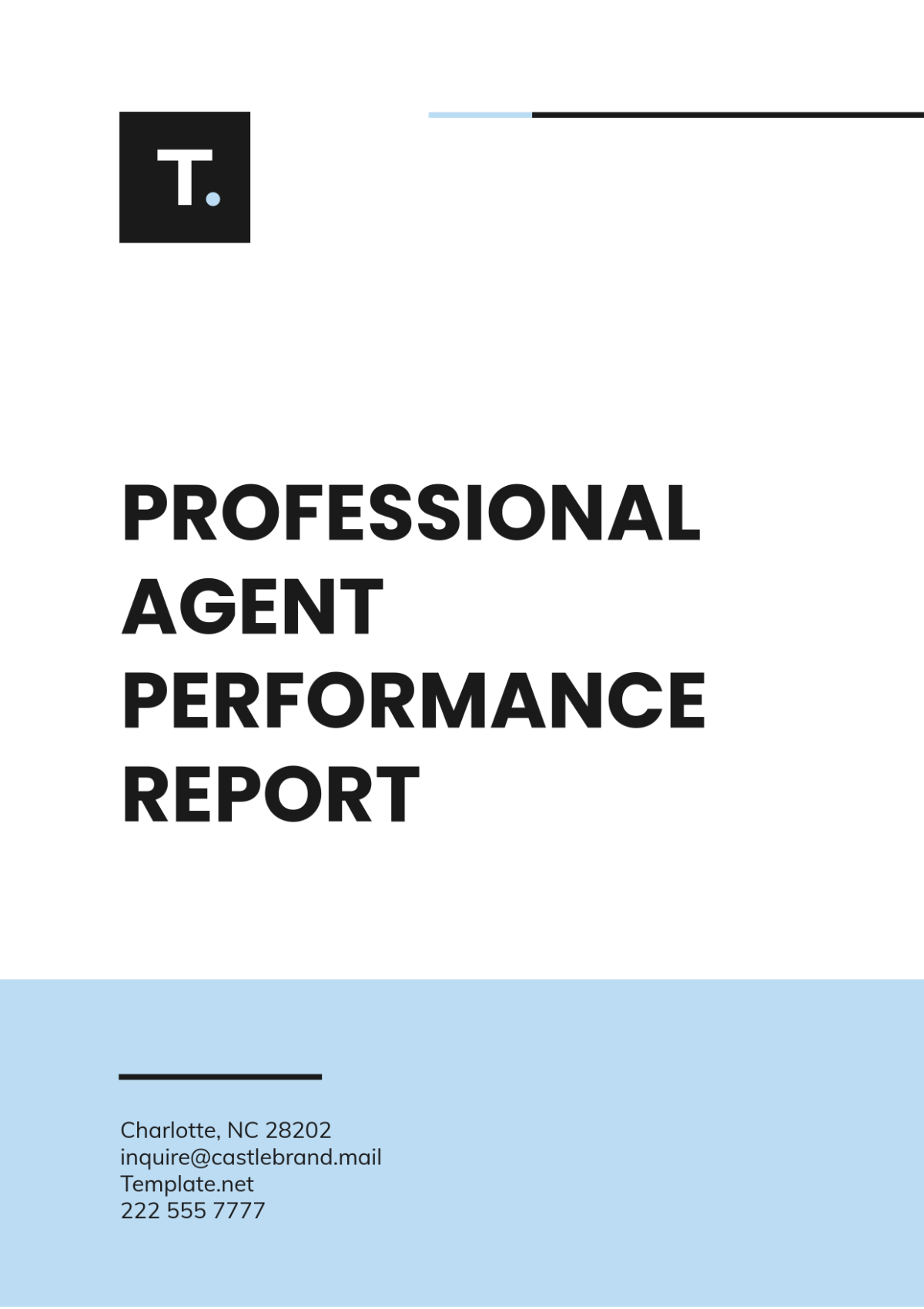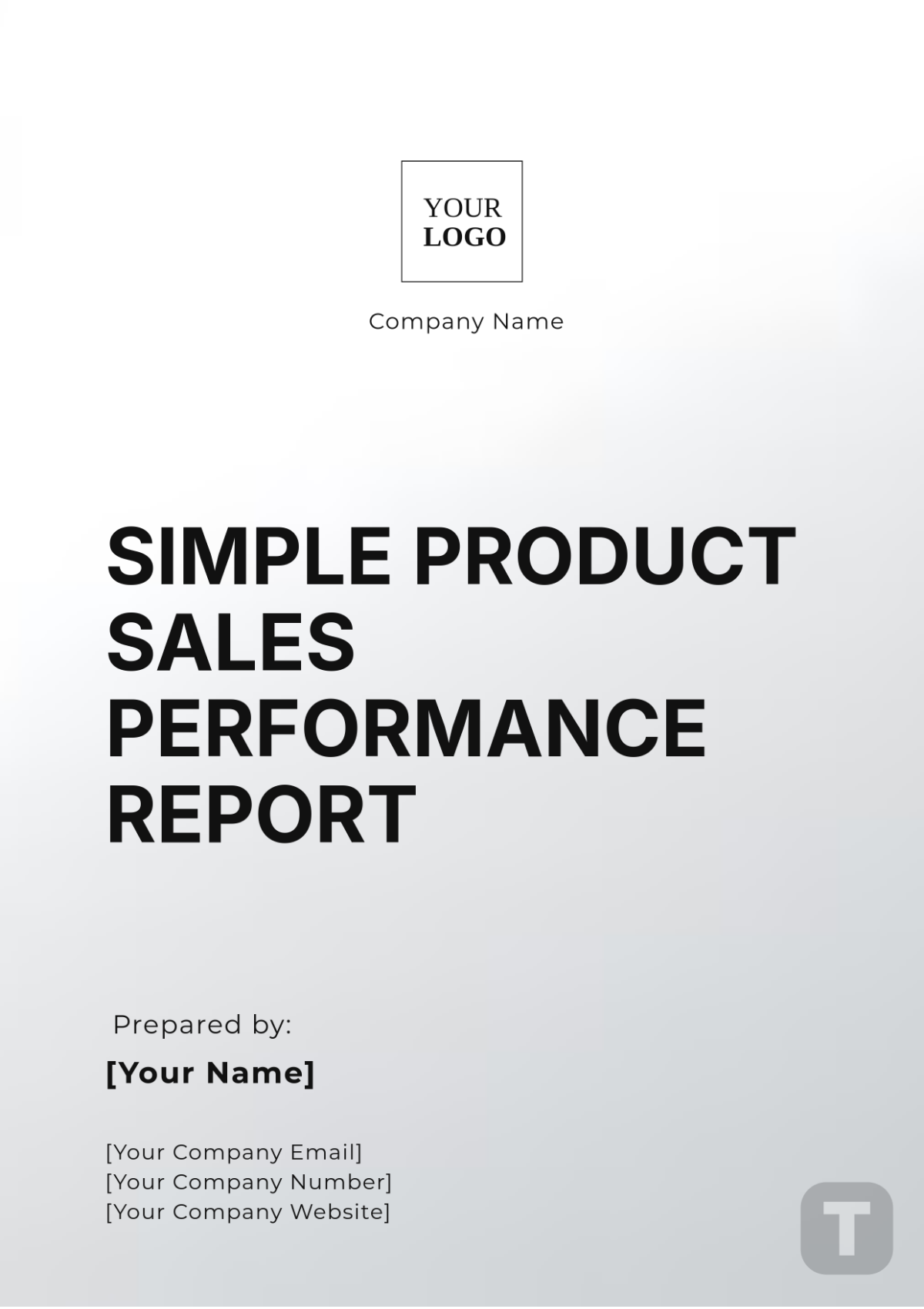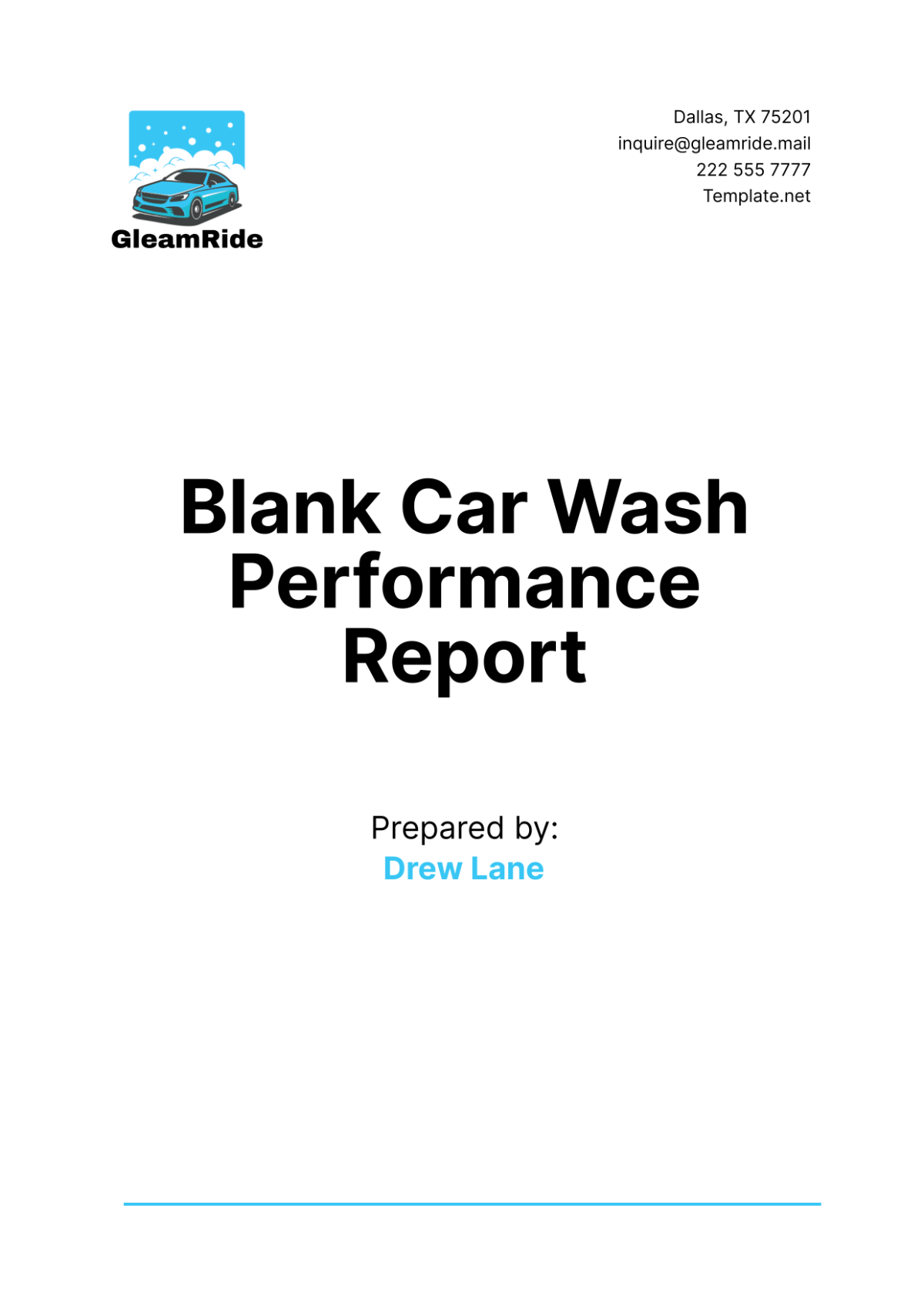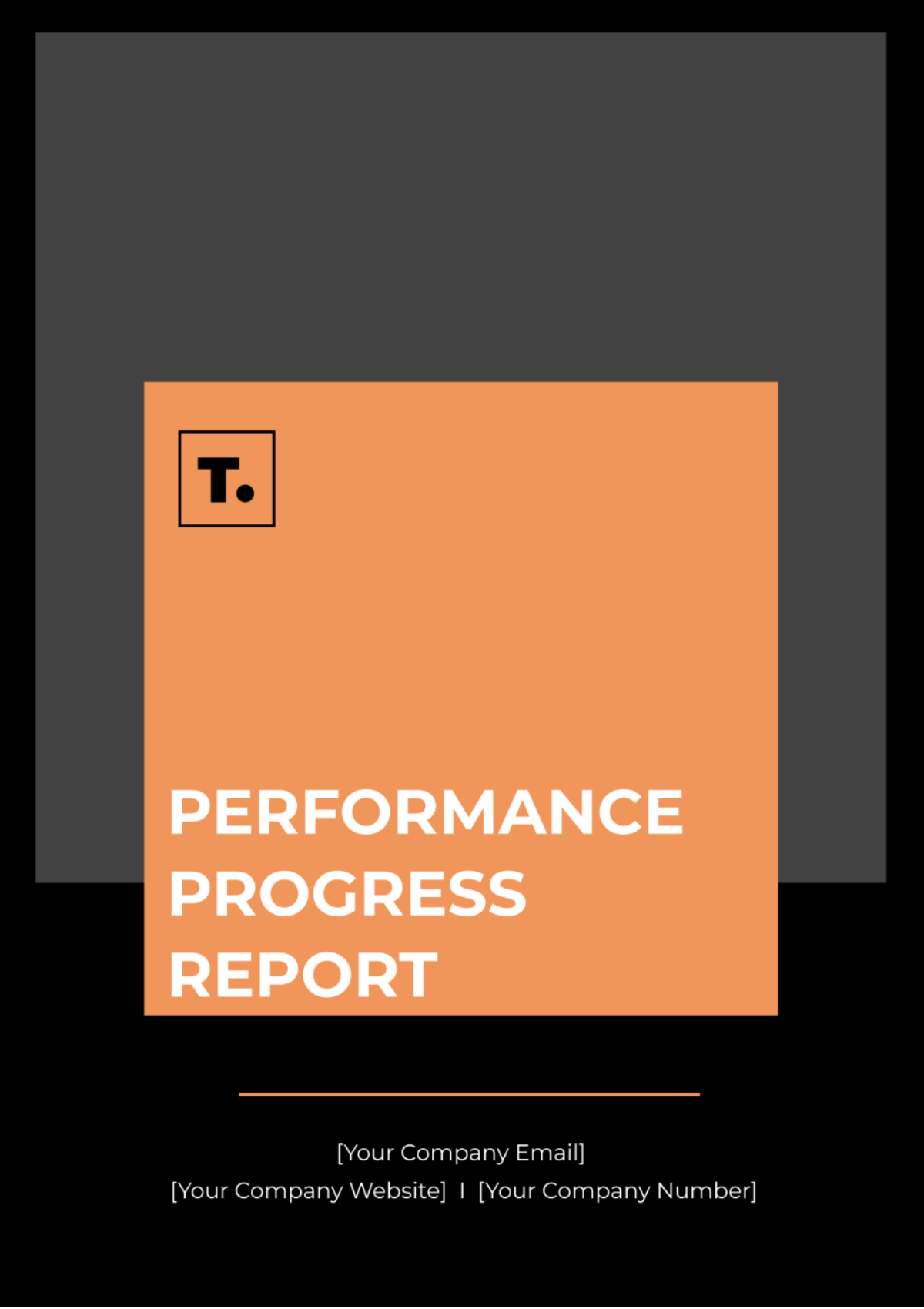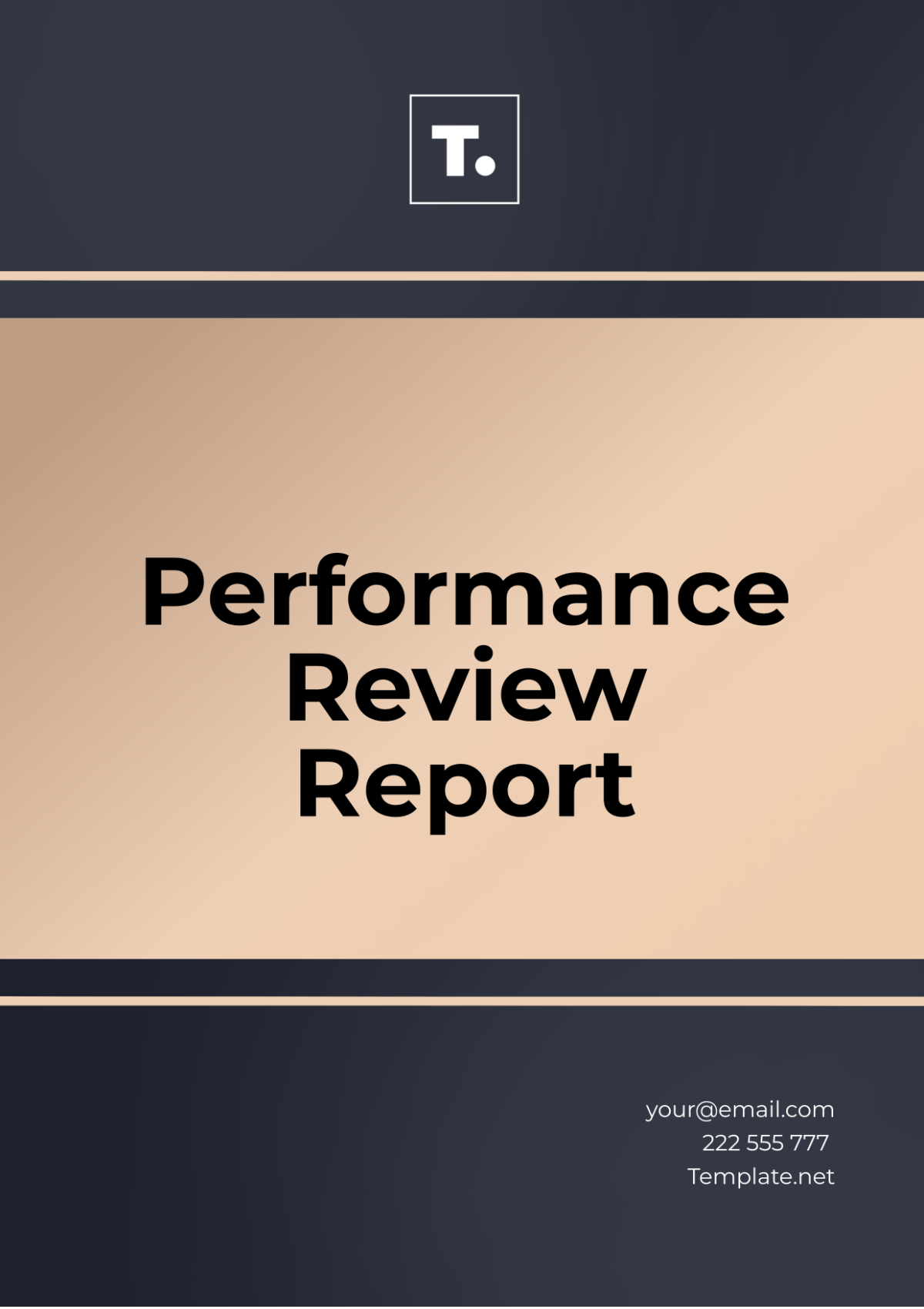Operational Performance Report
Prepared by: [Your Name]
Company: [Your Company Name]
Date: [Date]
I. Executive Summary
This Operational Performance Report provides an in-depth analysis of the organization's operational performance for Q3 2050. It evaluates key operational metrics, examining how well the company has performed in terms of production efficiency, service quality, and process optimization. The report outlines significant achievements, including the successful integration of cutting-edge technologies, while also highlighting the challenges faced during this period, such as equipment failures and workforce management issues. Recommendations are provided to address these challenges, ensuring continuous improvement and operational excellence in future quarters.
II. Objectives
A. Purpose of the Report
The primary objective of this report is to assess the organization's operational performance by analyzing key performance metrics, identifying operational challenges, and presenting actionable recommendations that will drive future success.
B. Key Areas of Focus
The report focuses on the following key areas:
Production Efficiency: Assessing output versus targets.
Service Quality: Evaluating customer satisfaction and service delivery.
Process Improvements: Review initiatives to streamline operations and reduce errors.
Resource Utilization: Examining how effectively resources, including time, labor, and materials, have been used.
III. Performance Metrics
A. Production Efficiency
The table below highlights the production efficiency metrics for Q3 2050.
Metric | Target | Actual | Variance |
|---|---|---|---|
Units Produced | 15,000 | 14,200 | -800 |
Production Time | 1,000 hours | 1,050 hours | +50 hours |
Despite an overall reduction in units produced, the organization adapted well to supply chain interruptions. While production time exceeded the target by 50 hours, the successful introduction of new automation systems mitigated potential greater delays.
B. Service Quality
Customer satisfaction for Q3 2050 shows a minor decline. The satisfaction score reached 87%, just short of the 90% target. A deeper dive into customer feedback revealed concerns related to slower response times in customer service during peak operational periods.
C. Process Improvements
Automation Integration: The company successfully integrated next-gen AI-driven tracking systems, reducing manual errors by 25% and providing real-time insights that improved decision-making.
Supply Chain Optimization: Through predictive analytics and blockchain-based tracking, the company reduced lead times by 12%, enhancing delivery efficiency.
IV. Analysis
A. Strengths
Technology Integration: The company's swift adoption of AI and automation significantly enhanced operational accuracy. This resulted in fewer errors, improved data tracking, and more agile responses to fluctuations in demand.
Resource Management: Teams successfully implemented better resource allocation strategies, improving the use of raw materials and reducing wastage by 15%.
Agility in Crisis Management: Despite external challenges such as raw material shortages, the company was able to mitigate risks by efficiently reallocating resources.
B. Areas for Improvement
Production Schedule Adherence: The variance in production time indicates the need for better planning and stricter adherence to production schedules. This will help prevent bottlenecks and ensure the timely delivery of products.
Customer Service Enhancements: The decline in customer satisfaction is concerning, with feedback pointing to slower response times and service inconsistencies. A revamped customer service strategy is essential to improve response efficiency.
V. Challenges/Issues
A. Production Delays
Frequent unplanned maintenance and unexpected equipment breakdowns were the primary reasons for production delays. These disruptions led to inefficiencies that ultimately impacted overall output and delivery schedules.
B. Workforce Management
A noticeable increase in employee absenteeism was reported in Q3 2050, contributing to reduced productivity and delays in meeting production targets. The rising absenteeism is linked to low employee engagement and growing concerns over job satisfaction among operational staff.
VI. Recommendations
A. Enhance Equipment Maintenance
Implement a proactive maintenance program that leverages predictive analytics to monitor equipment health. By scheduling regular checkups and maintenance before breakdowns occur, the organization can reduce unexpected downtime, thus improving production efficiency.
B. Strengthen Workforce Engagement
To address workforce issues, the company should introduce employee engagement programs, including incentives for good attendance, flexible working hours, and initiatives aimed at improving overall morale. Additionally, ongoing professional development opportunities should be provided to motivate staff and foster a sense of loyalty to the company.
C. Improve Customer Feedback Systems
Establish a more robust customer feedback system that gathers real-time insights into customer preferences and service issues. By analyzing this data, the organization can create targeted solutions to improve customer service response times, communication, and satisfaction rates.
VII. Conclusion
The Q3 2050 Operational Performance Report highlights the organization's achievements, particularly in technological adaptation and resource management. However, several challenges, such as production delays and workforce management, need to be addressed. By implementing the recommendations provided, the organization can improve its overall operational efficiency and continue to grow in a competitive market environment.

